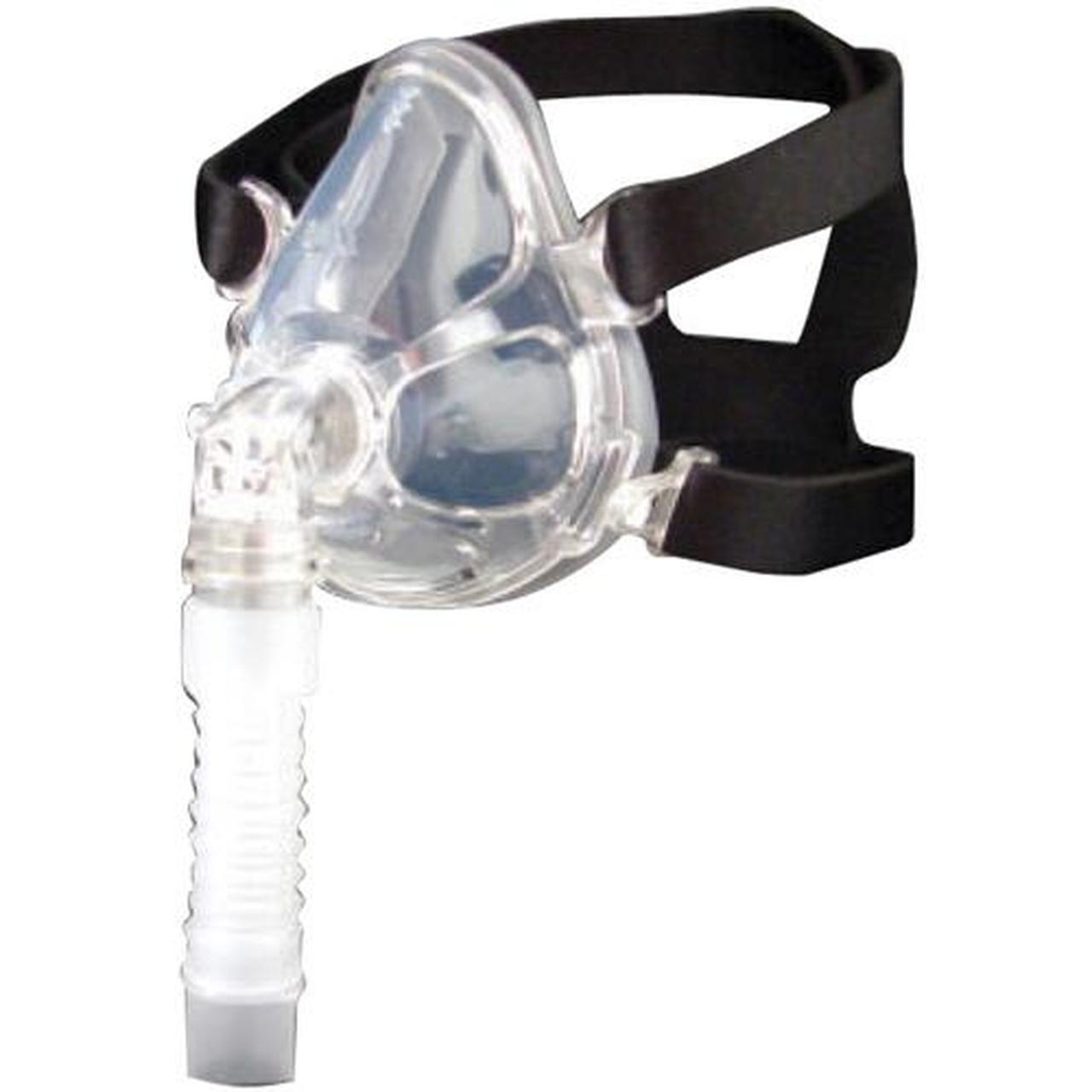What are CPAPs and BiPAPs and What is the Difference Between Them?
Jan 21st 2020
The number of sleep apnea cases is continuously growing around the world andso is the demand for Positive Airway Pressure (PAP) devicesused as primary treatment for sleep apnea. For those who have recently come to know about this sleep condition, it is difficult to choose between different devices for treatment.
PAP devices usually come in two types: CPAPs and BiPAPs. Here, we will discuss what these types are and how they are different from each other.
What is CPAP?
CPAP stands for Continuous Positive Airway Pressure. This device name is prefixed with the term ‘continuous’ because it offers one consistent level of pressurized air. This device helps in supplying filtered and pressurized air which it draws from the room to the windpipe. The same pressure (determined by the doctor after monitoring your overnight breathing) is maintained during the complete process of inhalation and exhalation. Due to continuous pressure, some patients feel discomfort in exhaling.

What is BiPAP?
Here, B in BiPAP stands for Bi-level as this device has two different pressure settings among which one is for inhalation and another for exhalation. It is also called VPAP which is an abbreviation for Variable Positive Airway Pressure. It is less commonly prescribed by the doctors and in many cases, recommended only when CPAP doesn’t work for a patient in case of obstructive sleep apnea (OSA). It is usually prescribed for patients with Central Sleep Apnea (CSA) or Complex Sleep Apnea, a mix of OSA and CSA.
Difference between CPAPs and BiPAPs
CPAPs have been the first choice recommended by doctors for treating sleep apnea condition. They deliver a steady, continuous stream of pressurized air to the airways of patients so that the airways don’t collapse or cause apnea episodes. BiPAPs are designed also for the very same purpose; the only difference is that it supports two different pressure settings. For patients who find it difficult to exhale with CPAP machines due to continuous pressure, it is best to use BiPAP machines. The dual settings of BiPAPs allow the patients to get more air in and out of their lungs.
Which is better - CPAP or BiPAP?
There is no clear distinction between CPAPs and BiPAPs that indicates the superiority of one device vs
the other. Both of the devices prove to be useful for patients suffering from sleep apnea. While CPAP works quite well for patients with OSA, BiPAP is fit for patients who are suffering from CSA, complex sleep apnea or other sleep conditions associated with breathing issues. In case, CPAP makes you feel uncomfortable in breathing, you can ask your doctor to replace it with BiPAP.
Nonetheless, your doctor and sleep technician will more likely to know the right solution after conducting and evaluating results of CPAP titration study. They can help you to understand which device is better in your particular case.
